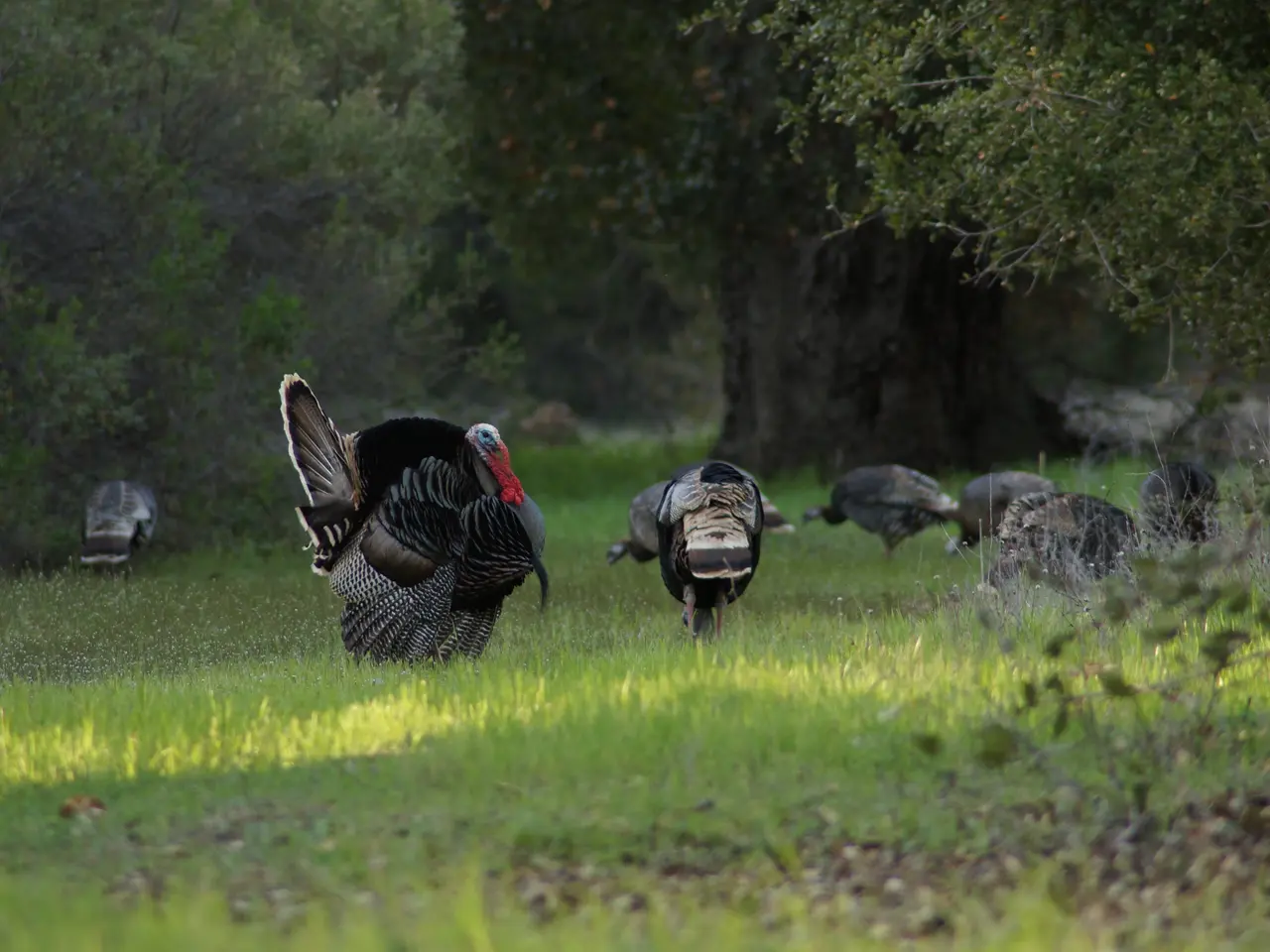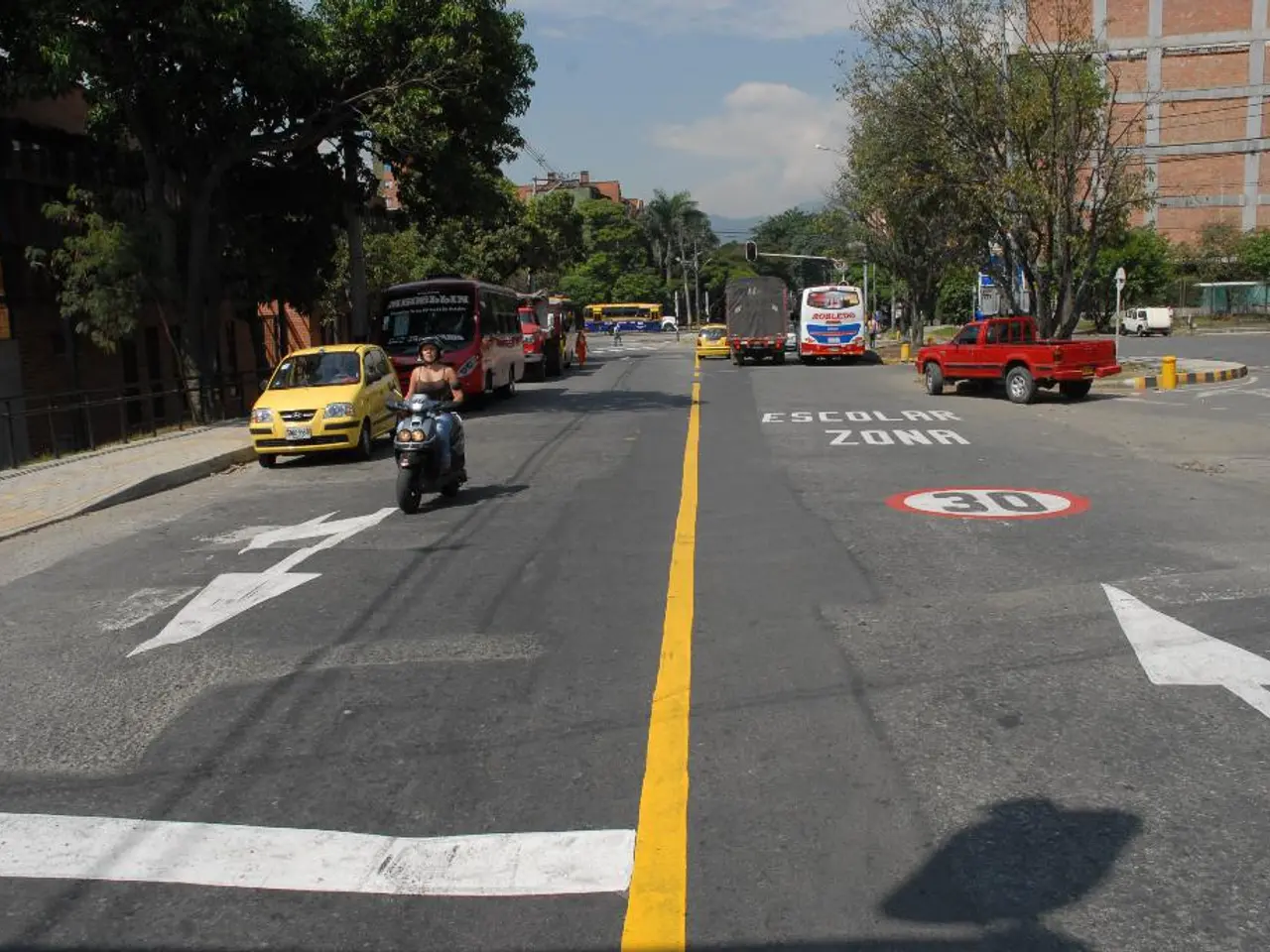Rapidly developing lake expected to burst in a matter of hours
In Switzerland's Lötschental valley, a critical situation unfolds after the recent collapse of a significant portion of the Birch Glacier. The collapse, occurring on May 28, 2025, triggered an avalanche of ice, rock, and debris, burying around 90% of the Alpine village of Blatten under mud and debris. The disaster left about 300 residents evacuated, with one elderly man still reported missing [1][2].
The large debris pile has blocked the Lonza River's bed, forming a natural dam and resulting in a rapidly filling lake upstream. This situation poses a severe threat of flooding, should the debris dam give way, potentially causing a surge of water that could impact neighboring communities such as Gampel [1][2].
Authorities have taken prompt actions, including evacuating residents from nearby villages, dismantling pedestrian bridges, and reinforcing critical infrastructure in vulnerable downstream areas. The Ferden dam downstream has been emptied to help absorb possible overflow if the moraine dam fails [1][2]. The Swiss army has been deployed to support the response, although ground operations are limited due to instability and falling debris [1][2].
Officials are closely monitoring the situation, preparing for emergency evacuations to mitigate risks. The lake behind the glacier debris dam continues to fill rapidly, and should the natural dam breach, it could trigger catastrophic flooding events downstream [1][2].
Alpine glaciers have been shrinking and becoming less stable due to rising temperatures caused by climate change for several decades. According to experts, it's a challenge to attribute a single event directly to climate change, but the significant changes being witnessed in the high mountains today are largely the result of climate change over the past few decades [1][3].
In August 2017, a massive rockslide occurred in the Swiss canton of Graubünden, with around 3.1 million cubic meters of rock falling from the Piz Cengalo mountain near the Italian border, killing eight hikers. Hundreds of thousands of cubic meters of rock and mud hit the village of Bondo, causing significant destruction [1][3].
[1] ntv.de, hul/dpa/AFP[2] University of Innsbruck[3] University of Innsbruck statement
The ongoing situation in the Lötschental valley poses a significant flood risk, with a rapidly filling lake behind the glacier debris dam and precautionary emergency measures in place. Swiss officials closely watch the situation, preparing for potential catastrophic flooding downstream should the debris dam fail.
Science and environmental-science experts are closely analyzing the swift changes in the Lötschental valley as a result of the Birch Glacier collapse, as this event coincides with decades of alarming environment changes due to climate-change. In light of the critical flood risk posed by the rapidly filling lake and the precautionary emergency measures, the community policy is being proactively implemented to minimize health-and-wellness risks associated with potential flooding events.




